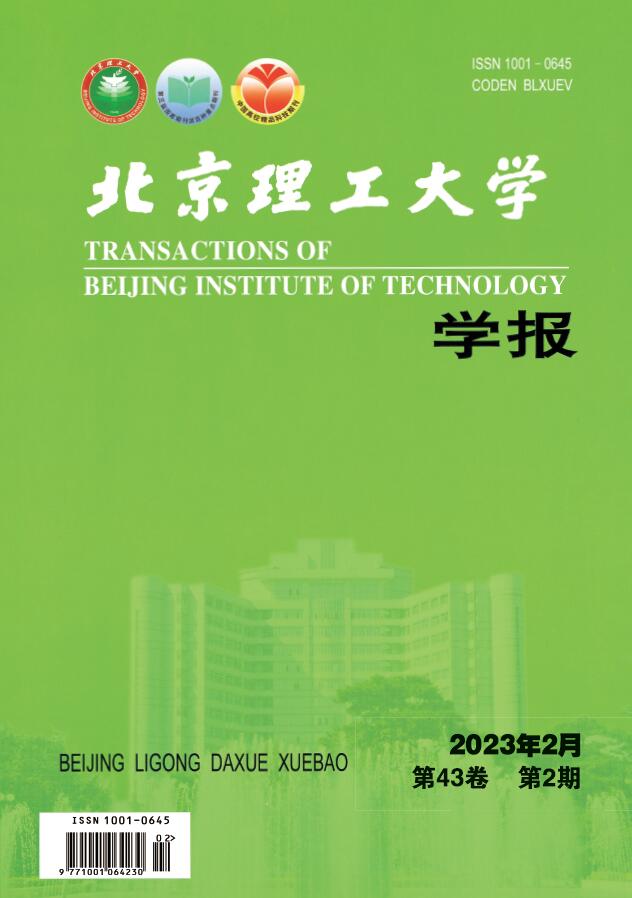2019 Vol. 39, No. 10
Display Method:
2019, 39(10): 991-998.
doi:10.15918/j.tbit1001-0645.2019.10.001
Abstract:
2019, 39(10): 999-1005.
doi:10.15918/j.tbit1001-0645.2019.10.002
Abstract:
2019, 39(10): 1006-1011.
doi:10.15918/j.tbit1001-0645.2019.10.003
Abstract:
2019, 39(10): 1012-1017.
doi:10.15918/j.tbit1001-0645.2019.10.004
Abstract:
2019, 39(10): 1018-1025.
doi:10.15918/j.tbit1001-0645.2019.10.005
Abstract:
2019, 39(10): 1026-1033,1038.
doi:10.15918/j.tbit1001-0645.2019.10.006
Abstract:
2019, 39(10): 1034-1038.
doi:10.15918/j.tbit1001-0645.2019.10.007
Abstract:
2019, 39(10): 1039-1044.
doi:10.15918/j.tbit1001-0645.2019.10.008
Abstract:
2019, 39(10): 1045-1050.
doi:10.15918/j.tbit1001-0645.2019.10.009
Abstract:
2019, 39(10): 1051-1056.
doi:10.15918/j.tbit1001-0645.2019.10.010
Abstract:
2019, 39(10): 1057-1062,1068.
doi:10.15918/j.tbit1001-0645.2019.10.011
Abstract:
2019, 39(10): 1063-1068.
doi:10.15918/j.tbit1001-0645.2019.10.012
Abstract:
2019, 39(10): 1069-1074,1080.
doi:10.15918/j.tbit1001-0645.2019.10.013
Abstract:
2019, 39(10): 1075-1080.
doi:10.15918/j.tbit1001-0645.2019.10.014
Abstract:
2019, 39(10): 1081-1085.
doi:10.15918/j.tbit1001-0645.2019.10.015
Abstract:
2019, 39(10): 1086-1090.
doi:10.15918/j.tbit1001-0645.2019.10.016
Abstract:
2019, 39(10): 1091-1096.
doi:10.15918/j.tbit1001-0645.2019.10.017
Abstract:
2019, 39(10): 1097-1100.
doi:10.15918/j.tbit1001-0645.2019.08.018
Abstract:


